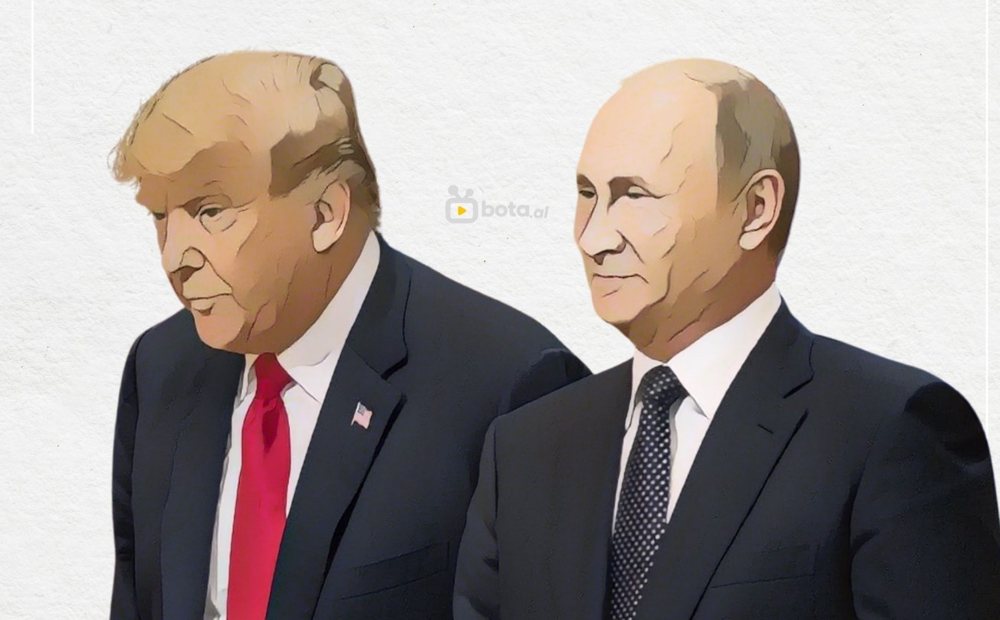
It's been almost three years (it was March 2022) since Joe Biden called Vladimir Putin a 'butcher.' Less than a week after the phone call between Donald Trump and the Russian leader, the Riyadh summit has finally sealed the change of course.
Waiting for Donald Trump and Vladimir Putin to meet themselves, 'perhaps by the end of the month', according to the tycoon, yesterday on one side of the table were US Secretary of State Marco Rubio, National Security Advisor Mike Waltz, and special envoy Steve Witkoff, who has already been the protagonist of the prisoner exchange with Moscow, which served as a prelude to the thaw; and on the other, Russian Foreign Minister Sergei Lavrov, who is no longer a vagabond, as well as Putin's advisor Yuri Ushakov. Something unimaginable until a few days ago.
More than the start of a genuine negotiation on Ukraine, the meeting was officially a first step towards restoring relations between the United States and Russia, a step that clearly seems like a precursor to the launch of peace talks for both sides.
Washington and Moscow did not want Volodymyr Zelensky or Europe to be present at this stage. "No one has been left out," Rubio declared. And if in recent days Trump himself had ensured Kiev's participation at the negotiating table, Rubio intervened again to calm the European Union: 'At a certain point it will be at the table, because it has imposed sanctions on Russia.'
A course correction compared to the stance of the presidential envoy for Russia and Ukraine, Keith Kellogg, who at the Munich Conference last week had confirmed Kiev's future presence at the negotiating table, but had excluded that of the Europeans, citing the 2015 Minsk 2 agreement, negotiated by Germany and France with Russia and Ukraine: "There were a lot of people at the table, but it didn't work."
According to the US State Department, four key agreements were reached at the Riyadh summit:
Normalization of the functioning of the respective embassies;
Appointing teams to negotiate 'as soon as possible' an end to the war in a manner 'sustainable, acceptable and beneficial to all parties';
Laying the foundations for future geopolitical and economic cooperation after the end of the conflict;
Commitment to ensuring that the process initiated moves forward 'in a timely and productive manner'.
“The United States is beginning to understand our position better,” Sergei Lavrov declared after the meeting. So the war is seen as an obstacle to the normalization of a relationship that, from the Trump administration’s perspective, sees Russia – in the words of White House spokeswoman Caroline Leavitt – as “a competitor and sometimes an adversary,” but not an enemy.
While this historic meeting was taking place in Saudi Arabia - the last face-to-face meeting between Americans and Russians took place in November 2022 in Ankara, starring the head of the CIA, Bill Burns, and his Russian counterpart, Sergey Naryshkin - in America, Fox News revealed that in fact the contours of the peace that is expected to come were also widely discussed in Riyadh.
According to Fox's sources, the "framework" of the agreement would include three main stages: a ceasefire; holding elections in Ukraine; and the final signing of an agreement.
This analysis was immediately denied by Sergei Lavrov: “It’s fake news,” declared the Russian foreign minister, after consulting with Marco Rubio and Mike Waltz. However, Fox News insisted, citing “numerous foreign diplomatic sources,” that forcing Ukraine to hold new elections could be an essential part of the peace agreement, as both Washington and Moscow believe that Volodymyr Zelensky would have little chance of being re-elected.
Meanwhile, Trump is already focused on his next meeting: the one with Vladimir Putin. / Il Giornale – Bota.al (A2 Televizion)











